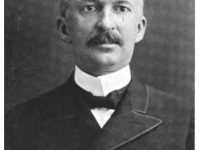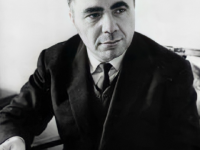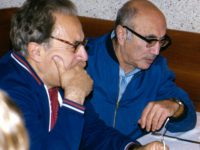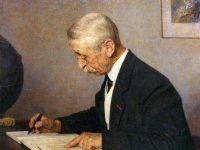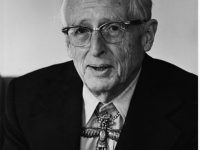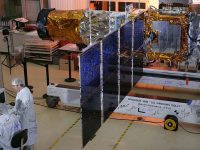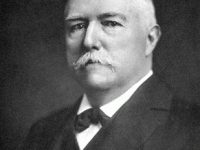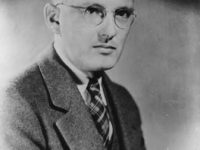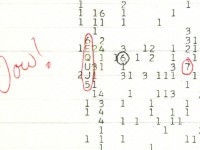James Edward Keeler and the Rings of Saturn
On September 10, 1857, American astronomer James Edward Keeler was born. Keeler is best known for being the astronomer who confirmed James Clerk Maxwell‘s theory that the rings of Saturn were not solid (requiring uniform rotation), but composed of meteoric particles.[3] James Edward Keeler – Early Years James Edward Keeler was born in La Salle, Illinois, to William F. Keeler, who served as a paymaster in the U.S. Navy at the time…
Read more

